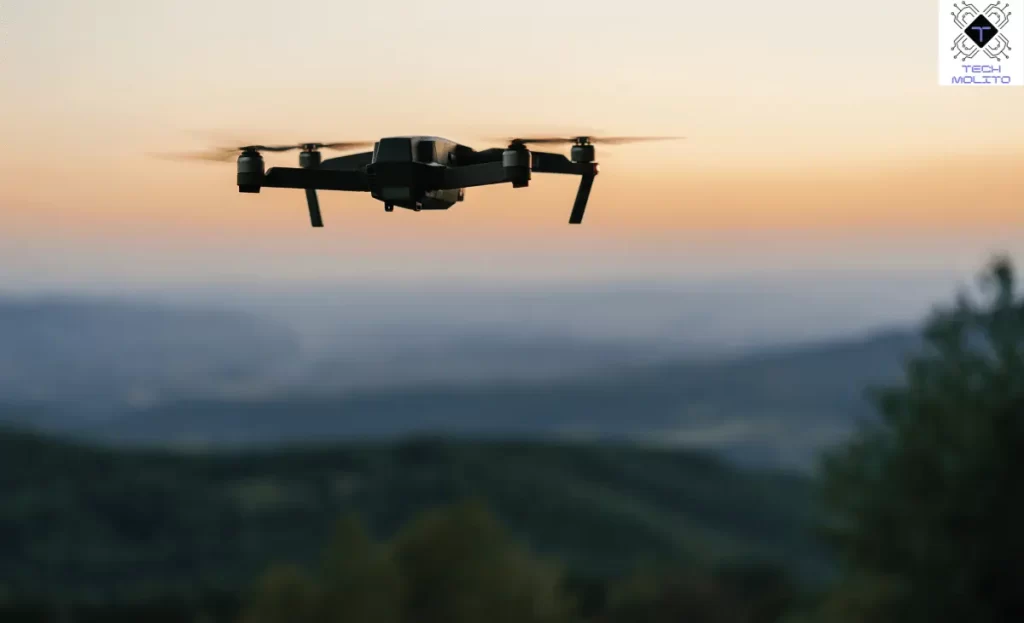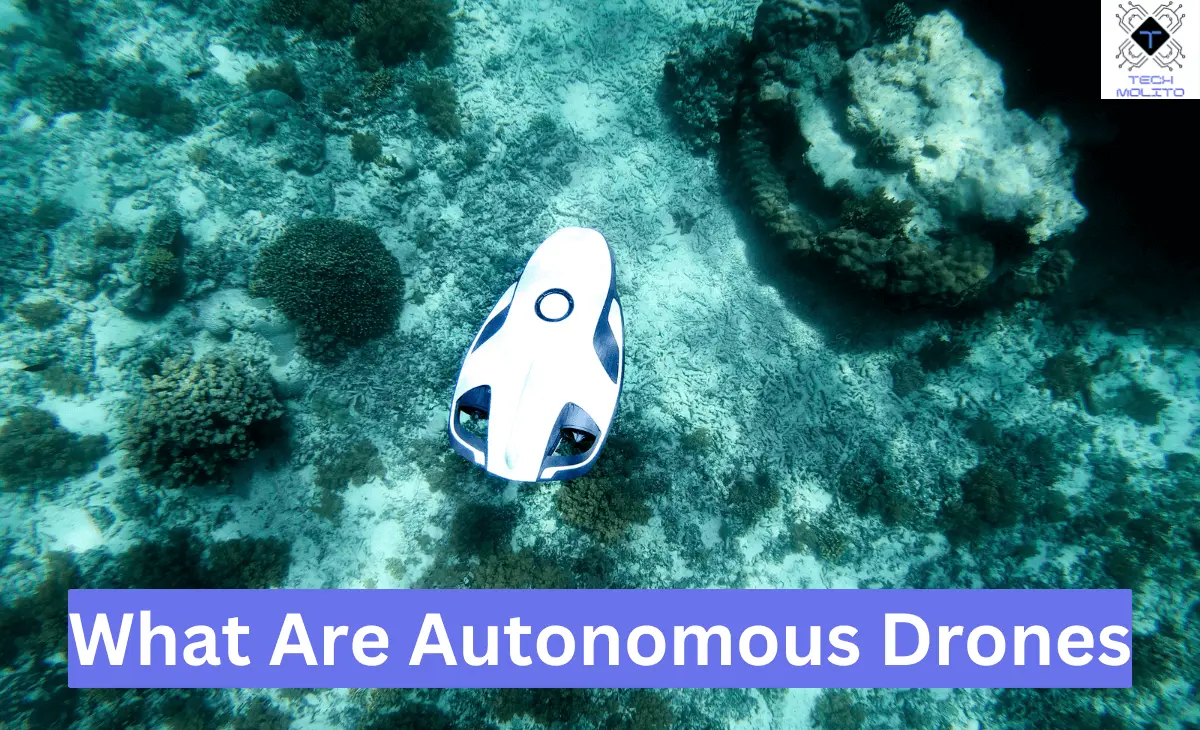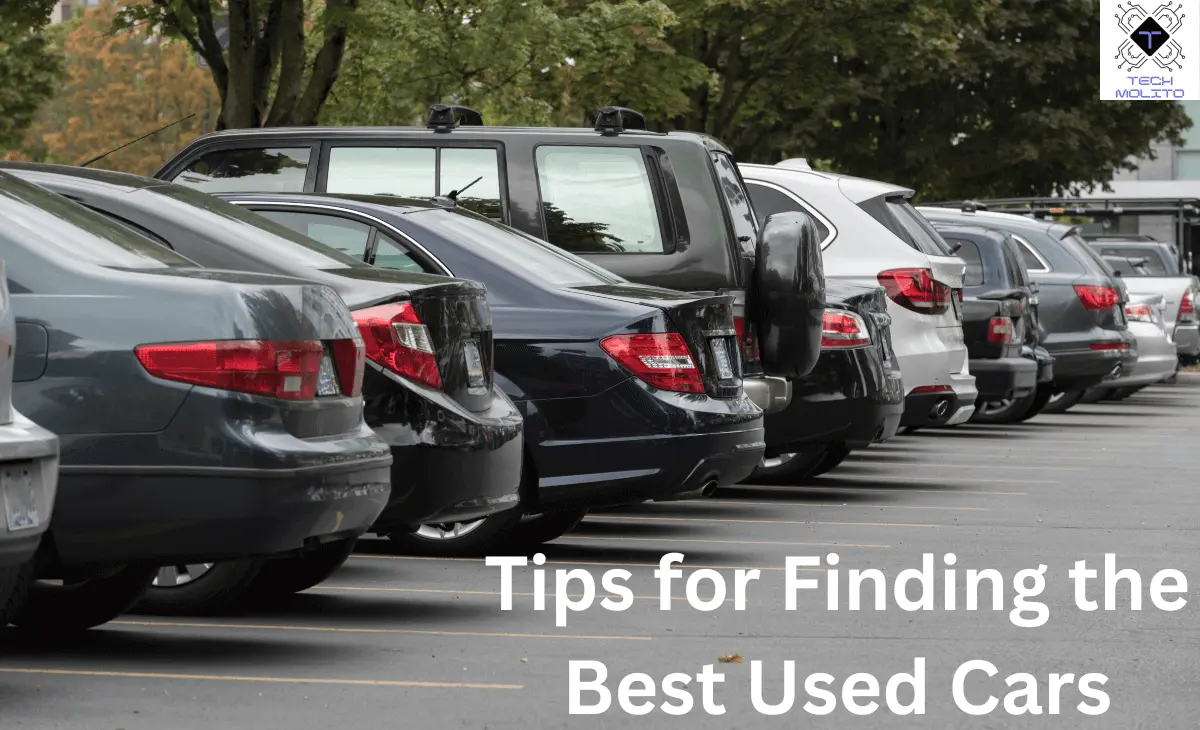Drones, also called Unmanned Aerial Vehicles (UAVs), are aircraft that don’t need a human pilot on board. They’ve become common for fun, jobs, and more. But now, the next big thing is autonomous drones, drones that fly themselves.
In this post, I will explain what autonomous drones are, how they work, and how they solve real-world problems. We’ll also look at their impact and future use. Just as autonomous drones rely on optimized performance for efficient operation, keeping your personal devices running smoothly is essential too. For simple tips on boosting your laptop’s speed, check out our article on Easy Ways to Improve Laptop Performance and Speed.
What Problem Do Autonomous Drones Solve?
Autonomous drones aim to fix key problems in many fields. Think about it: drones that fly by themselves could save time, lower costs, and make tasks safer. Here are some common problems they can solve:
- Delivery Delays: Traditional delivery methods take time and face delays.
- High Labor Costs: Many jobs, like monitoring large areas, need a lot of people.
- Safety Risks: Tasks like inspecting tall buildings can be risky for people.
By using autonomous drones, companies can complete these tasks quicker, cheaper, and safer.
Why Traditional Drones Fall Short
Most drones need a human pilot to control them directly or follow preset paths. While they are useful, they have limits. Human error is a big issue. A pilot might make mistakes especially when controlling many drones at once.
Traditional drones also have a short range. They can’t always go far or do complex tasks without help. This makes them time-consuming as well. With a human in control, drones need time to get ready and fly. This is where autonomous drones come in to solve these problems.

How Autonomous Drones Work
Autonomous drones use sensors and software to fly and make choices on their own. They gather data about their surroundings through sensors. AI software allows the drone to process this data and make choices like avoiding objects.
GPS systems help the drone know its exact spot and move from point A to point B. Cameras let the drone “see” its area and make better choices while flying.
Benefits of Autonomous Drones
Drones offer many benefits over traditional drones. These are just a few:
Time-Saving
Because they can work on their own drones save time. There’s no need for a person to guide them during their whole flight. This allows tasks to be done quickly and efficiently. As a result jobs that would take longer with human pilots can be done in less time. Drones can fly on set paths and make choices without waiting for a human response. This leads to faster work and more output in many fields.
Cost Efficiency
Since fewer people are needed to run them these drones can cut costs for companies. Businesses can save cash on labor while still getting the work done. By using drones they can also lower the need for costly gear that would be required for human-run tasks. This means more savings can be put back into the firm. The lower costs can make it easier for companies to invest in other areas for growth.
Increased Safety
For risky tasks like checking power lines or tall buildings drones can replace humans and cut down the chance of accidents. Using drones means that people are not put in danger during tough jobs. This leads to fewer injuries and safer work spots. Drones can reach hard-to-get places without putting workers at risk. By taking humans out of risky spots the overall safety of work improves a lot.
24/7 Operation
Humans need rest but drones don’t. Drones can work around the clock day and night without stopping. This allows firms to run all the time without breaks. They can also handle tasks during off-peak hours when fewer people are around. This means that jobs can be done faster and more efficiently than ever before. The ability to work all the time can give firms a strong edge.
Practical Uses of Drones
Drones are finding their way into many fields and are used in various ways today. In delivery services, companies like Amazon and UPS are testing drone deliveries. Drones can bring packages much faster especially in hard-to-reach areas.
In farming, farmers use drones to watch crops and livestock. They can cover large areas and collect data quickly. Drones are also used for watching and security.
They patrol borders, big buildings, and public spaces cutting down the need for human guards. In search and rescue situations, drones can quickly cover dangerous areas to find missing people or check damage.
How Autonomous Drones Will Shape the Future
The future for autonomous drones looks bright. With new technology, these drones will become even smarter and more capable. Here’s what we can expect in the years to come:
Faster and Safer Deliveries
Drone delivery could become a normal part of life, helping get medical supplies and food to remote areas.
More Efficient Farming
Drones will likely help farmers optimize their crops, water use, and pest control, saving resources.
Improved Disaster Response
In natural disasters, drones will play a key role in rescue operations by flying into areas that humans can’t easily access.
Challenges of Autonomous Drones
While autonomous drones are exciting they aren’t without problems. One of the challenges is rules. Governments still need to make clear rules for drone use which includes where they can fly and what they can do.
Technical issues can arise as well. Like any machine drones can break down and they need strong systems to run safely. Privacy concerns are another issue since drones can gather data leading to worries about spying and privacy.
Features of Autonomous Drones
Autonomous drones come with several key features that make them useful. Obstacle avoidance is one such feature. Drones use sensors to steer clear of hitting objects in their path. Autonomous navigation lets the drone pick its path based on data from sensors and GPS.
They also excel in data collection. Drones can gather real-time data such as video or photos which can be used for study. Real-time changes let the drone shift its route or speed based on changing conditions.
Best Practices for Using Autonomous Drones
For those looking to use autonomous drones here are a few tips. First stay updated on rules since different countries have different laws. Make sure you know the local laws for flying drones. It is also key to watch drone health.
Regular checks ensure that drones run safely and don’t break down during use. Planning routes is wise even though drones can fly on their own. It’s smart to plan paths and keep safety in mind especially in crowded areas. Always have backup systems. Always have a manual control option in case the autonomous system fails.
FAQs
1. What are autonomous drones?
Autonomous drones are aircraft that fly without a human controlling them. They use sensors and AI to make decisions during flight.
2. How do autonomous drones navigate?
Autonomous drones use a mix of GPS, cameras, and sensors to understand their surroundings and navigate safely.
3. What industries benefit from autonomous drones?
Many industries use drones, including delivery, agriculture, security, and emergency response.
4. Are autonomous drones safe?
Yes, they are designed with safety in mind. They can avoid obstacles and make decisions to prevent accidents.
Conclusion
Autonomous drones are here, and they are changing how we live and work. They offer faster deliveries, safer inspections, and more efficient farming. But there are challenges ahead, including rules and tech limits.
As tech improves, autonomous drones will become smarter, safer, and more useful. They could reshape industries, making jobs easier and tasks faster. Whether for delivery, security, or rescue missions, autonomous drones offer a glimpse of the future.





